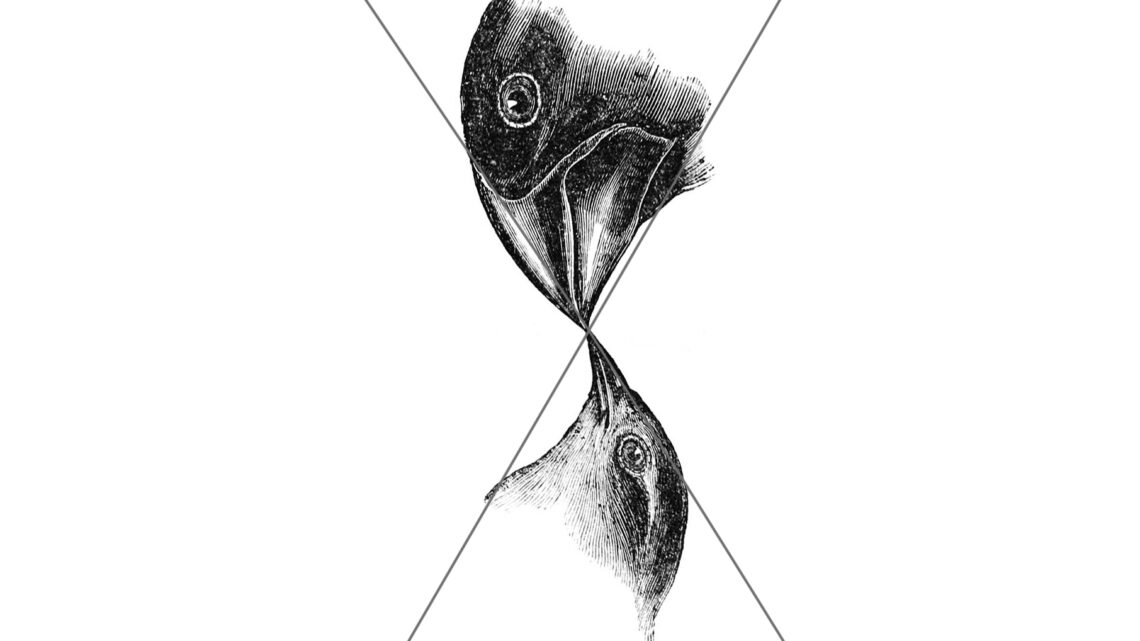Darwin’s Finches
March 10, 2017
If the human species embraces a desire to become smaller, as it embraced the desire to become taller in the past and present, then it is of some interest to know how fast this desire could influence human size and if desire alone is enough. How fast would evolution respond to a smaller-sized ideal? Will we be able to downsize fast enough that it will have a profound positive effect on man’s ecological footprint?
The work of the evolutionary biologists Peter and Rosemary Grant on Darwin’s finches on the Galapagos islands shows that natural selection can be a surprisingly speedy process. The average beak size of Medium and Small Ground Finches on the island of Daphne Major changes almost from year to year in relation to the available food sources. Bigger beaks win in times of drought while smaller beaks win during wetter times. Beak size sort of jojo’s up and down showing evolution is not necessarily a lineair process. In fact it quite often moves back and forth between known phenotypes. It is one of life’s many ways to deal with changing circumstances. The human species, it would seem, has moved towards the taller type long enough. Perhaps it is time to return to any of the other much smaller expressions still available on the long tail of the human genome.
[…] needy people. Yet the laws of evolution, powerful as they are, seem too slow. On the other hand Darwin’s Finches show that evolution is not a lineair process and embedded within the human species there probably […]